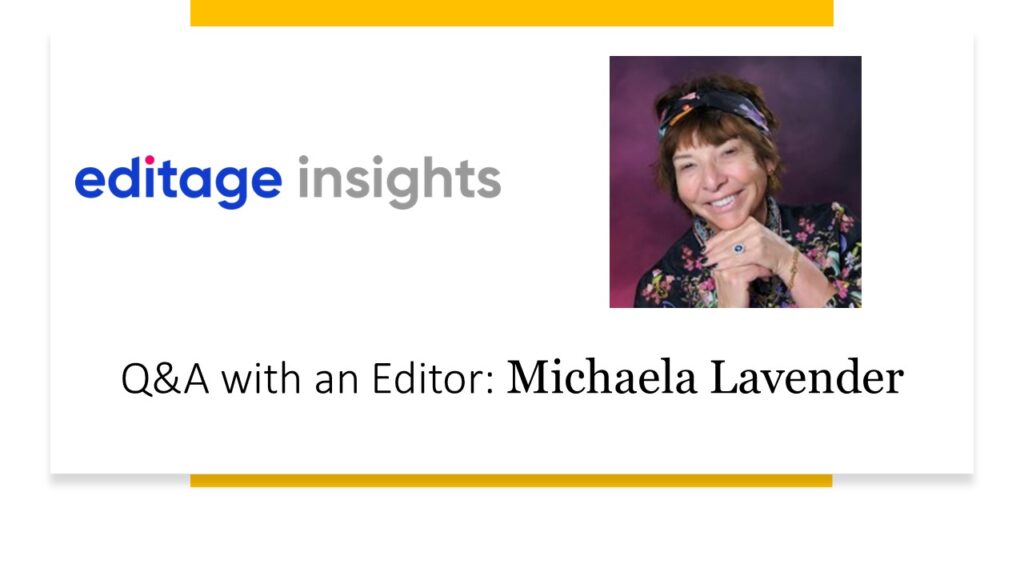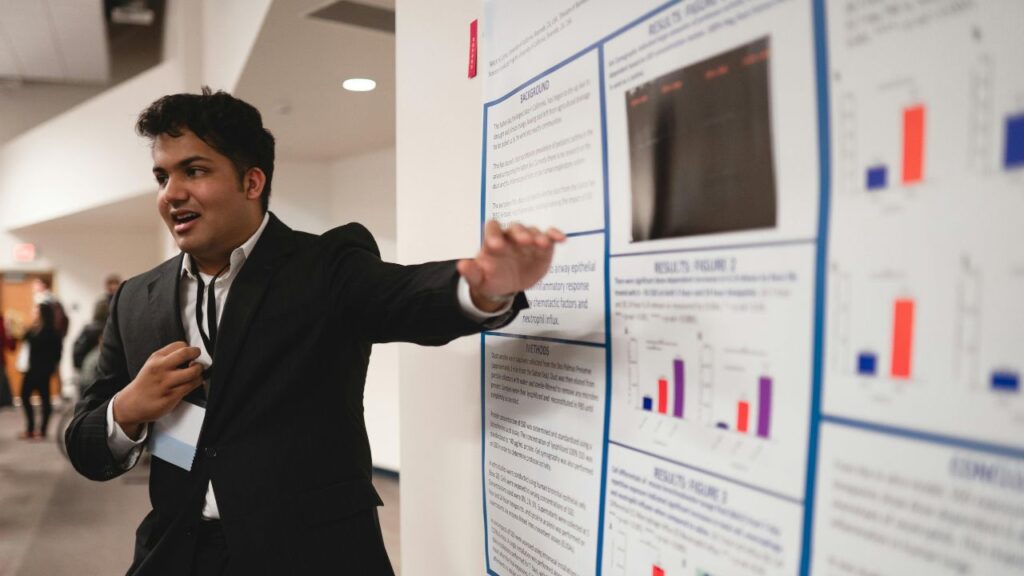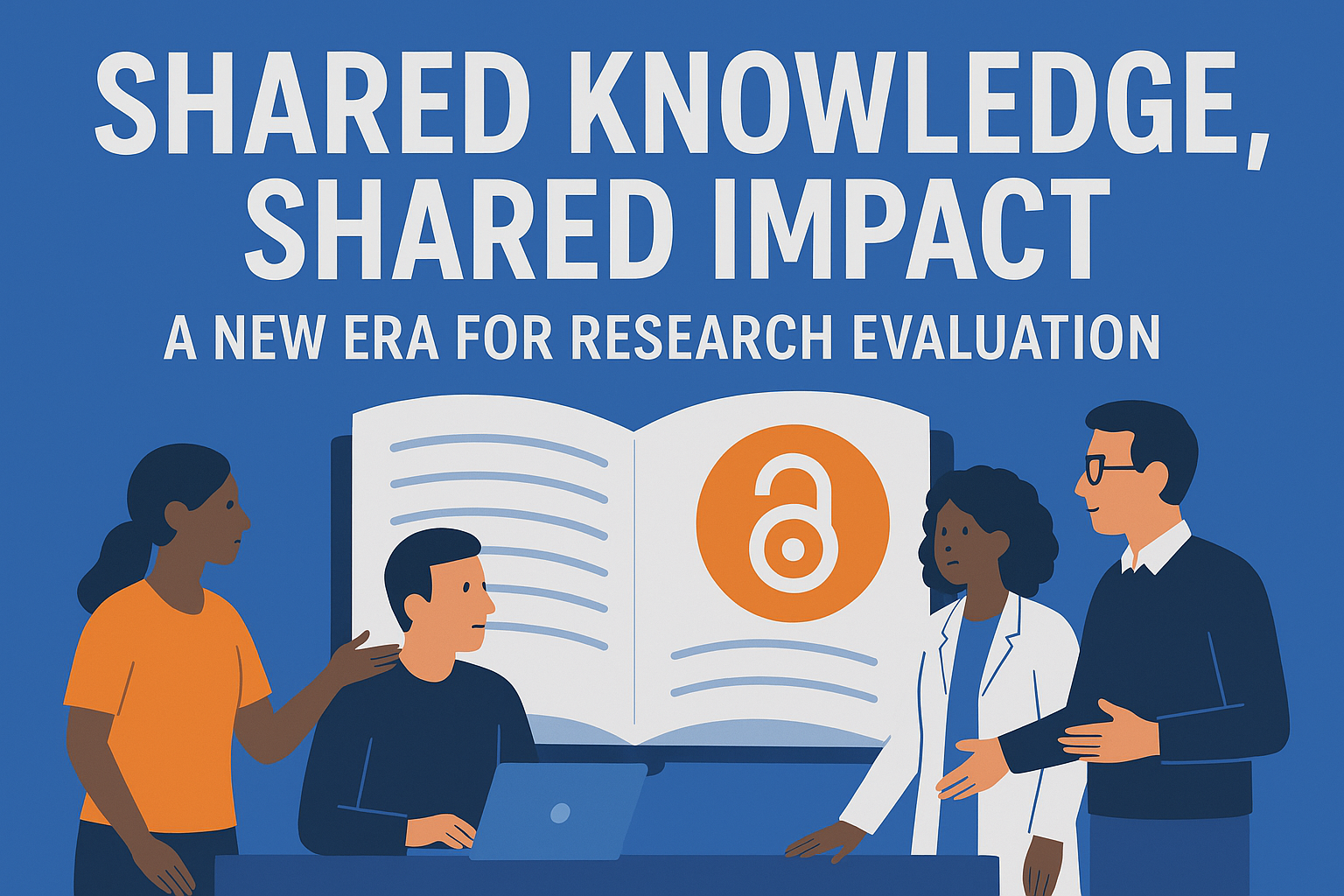Why Poster Presentations Matter: A Guide for Researchers

Why Poster Presentations Matter: The Hidden Value of This Research Format
Many researchers have probably had the experience of being suddenly asked by their supervisor to give a poster presentation as a student—only to be left wondering how to even begin.
The “poster presentation season” is especially active between October and November each year.
In this new series, we’ll cover everything you need to know about poster presentations—from planning and design to presentation tips. In this first article, we focus on why poster presentations are so important for researchers at any career stage.
Feeling lost when creating a poster?
When you start looking up how to make a research poster, it’s easy to feel confused about how to summarize your work, present your data, or write text that fits within limited space.
Where do I start?
What kind of design looks professional?
Should I include all the data?
These questions are common—not only for students and young researchers but also for experienced scientists attending a conference after a long gap.
Yet, the poster presentation format has its own unique appeal. It lets you communicate the essence of your research on a single page and engage directly with others through meaningful discussion. Poster presentations encourage active learning, reflection, and feedback—so it’s natural to feel uncertain or to go through some trial and error.
Why give a poster presentation at a conference?
In addition to posters, researchers can share results through paper publications and oral presentations. Each format has its own purpose and strengths.
Publishing a paper is the official way to record and disseminate research findings with detailed data and analysis. It’s highly valuable because it reaches researchers worldwide. However, the process takes time and offers little opportunity for direct, two-way communication. Moreover, since only completed studies are usually published, early-stage results or exploratory experiments often don’t make it into journals.
By contrast, oral presentations allow you to share your research as a story in a short amount of time. They are easy for audiences to follow, but the opportunities for questions and discussion are limited. Whether your message truly resonates can depend on timing—and sometimes, luck.
Poster presentations, on the other hand, serve as an open forum for direct interaction among researchers. Their biggest strength lies in flexibility—allowing free, in-depth discussions that can be tailored to each visitor’s interest.
When to use each presentation format
| Presentation Format | Purpose | Amount of Information | Dialogue | Best Timing |
|---|---|---|---|---|
| Paper | Record findings | Full details | No | After research completion |
| Oral Presentation | Tell a story | Main points + flow | Limited | When you want to share key findings widely |
| Poster Presentation | Interact | Core findings only | Yes | Preliminary results, networking |
Four key advantages of poster presentations
Poster presentations offer several distinct benefits compared to other formats:
1. They foster two-way dialogue
In an oral presentation, the audience listens passively. In a poster session, you can engage visitors in conversation, adjust your explanations based on their interests, and even go into technical details if they ask.
2. Flexible time allocation
Oral presentations usually last around 15 minutes. Poster sessions, by contrast, often run for 1–2 hours—giving you time to speak with multiple researchers. It’s common to have short but meaningful discussions with 10–15 people during the core session.
3. Opportunities for unexpected encounters
Oral sessions are typically divided by specialty (for example, Molecular Biology or Neuroscience). Poster venues, however, feature research from a range of fields, making it easy for people from other disciplines to notice your work. These chance encounters often lead to fresh insights and new perspectives.
4. A place to share preliminary findings
Poster sessions are perfect for discussing in-progress research. Maybe it’s too early for journal submission, or you’re still deciding the next direction. Poster presentations allow you to gather constructive feedback and ask candid questions like, “Does this approach make sense?” or “Are there other possible interpretations?”
Example: How audience engagement varies across formats
A researcher once presented similar findings through three different formats. The level of engagement varied noticeably:
- Publication: Six months after submission, the paper was published and accessible worldwide. While it received a few citations later, there was little direct feedback or opportunity for dialogue.
- Oral presentation: A 15-minute talk to 200 attendees, followed by a 5-minute Q&A. Only two audience members asked questions, and one brief discussion followed before the next session began.
- Poster presentation: During a two-hour poster session, 12 researchers stopped by. The presenter had in-depth conversations with eight of them (5–15 minutes each). Six exchanged business cards, and two followed up later via email—eventually leading to a collaboration.
This example shows how poster sessions are not just about displaying research—they are powerful platforms for connection, dialogue, and future collaboration.
Poster presentations: A springboard for deeper research
If you’ve never given a poster presentation, you might wonder, “Why did my professor ask me to do one?”
Poster presentations offer genuine opportunities for interaction and feedback that paper or oral formats simply cannot provide. They can advance your research, spark new ideas, and even open doors to future partnerships.
When preparing your poster, think not only about how it looks—but also about who you want to talk to and what kind of conversations you hope to create.
That mindset is the first step toward transforming your presentation from a simple display into a meaningful scientific exchange.
This article was originally published in Japanese on Editage Blog, Japan and has been translated and localized for Editage Insights.
About the author
Yumi Aizawa
Doctoral graduate, Tokyo University of Agriculture (major: Agricultural Chemistry)
Expertise: Metabolism, metabolomics, metabolic pathway analysis, control mechanisms, nutrition, and molecular biology
Member: Molecular Biology Society of Japan and other organizations







